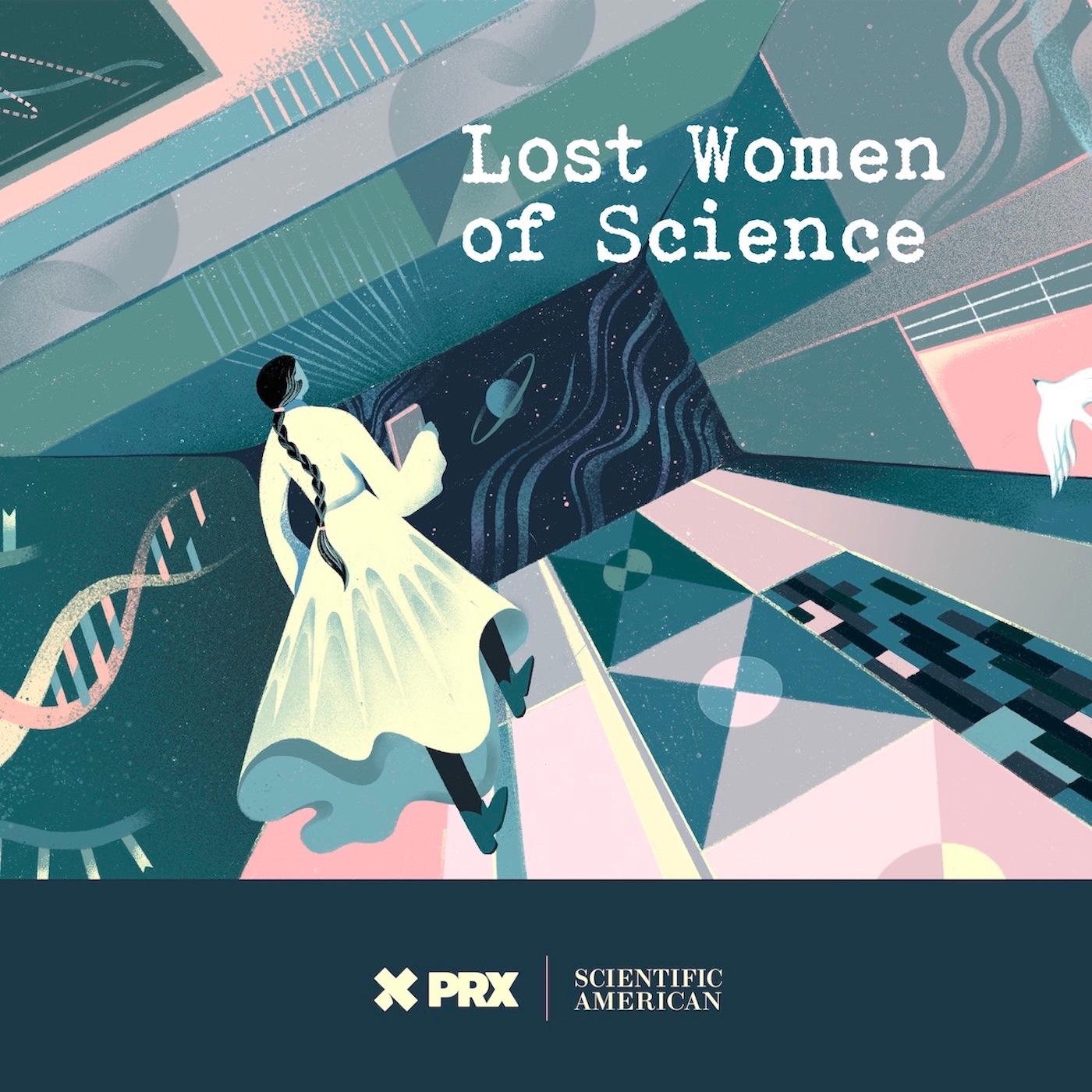
Lost Women of Science
Lost Women of ScienceFor every Marie Curie or Rosalind Franklin whose story has been told, hundreds of female scientists remain unknown to the public at large. In this series, we illuminate the lives and work of a diverse array of groundbreaking scientists who, because of time, place and gender, have gone largely unrecognized. Each season we focus on a different scientist, putting her narrative into context, explaining not just the science but also the social and historical conditions in which she lived and worked. We also bring these stories to the present, painting a full picture of how her work endures.
For every Marie Curie or Rosalind Franklin whose story has been told, hundreds of female scientists remain unknown to the public at large. In this series, we illuminate the lives and work of a diverse array of groundbreaking scientists who, because of time, place and gender, have gone largely unrecognized. Each season we focus on a different scientist, putting her narrative into context, explaining not just the science but also the social and historical conditions in which she lived and worked. We also bring these stories to the present, painting a full picture of how her work endures.
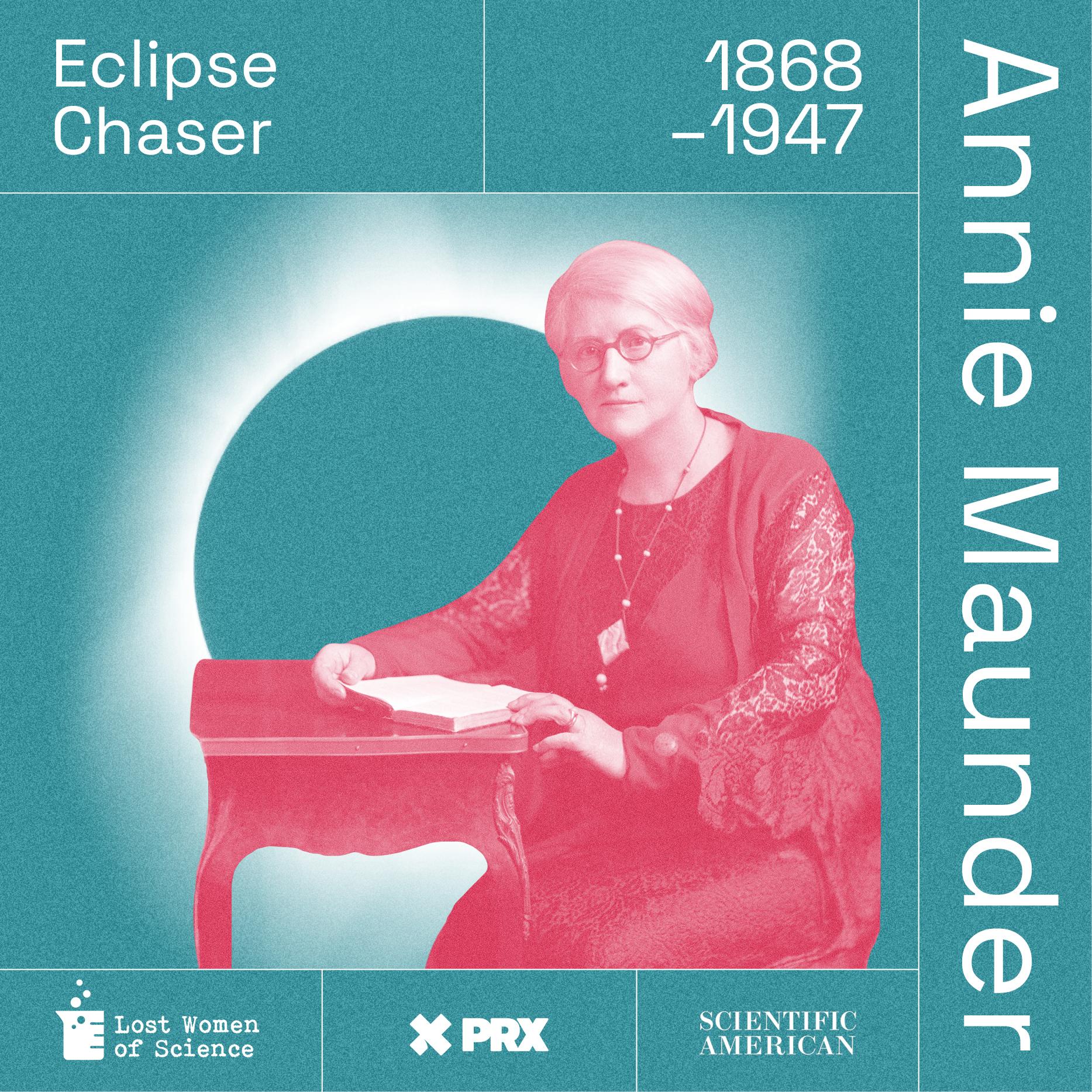








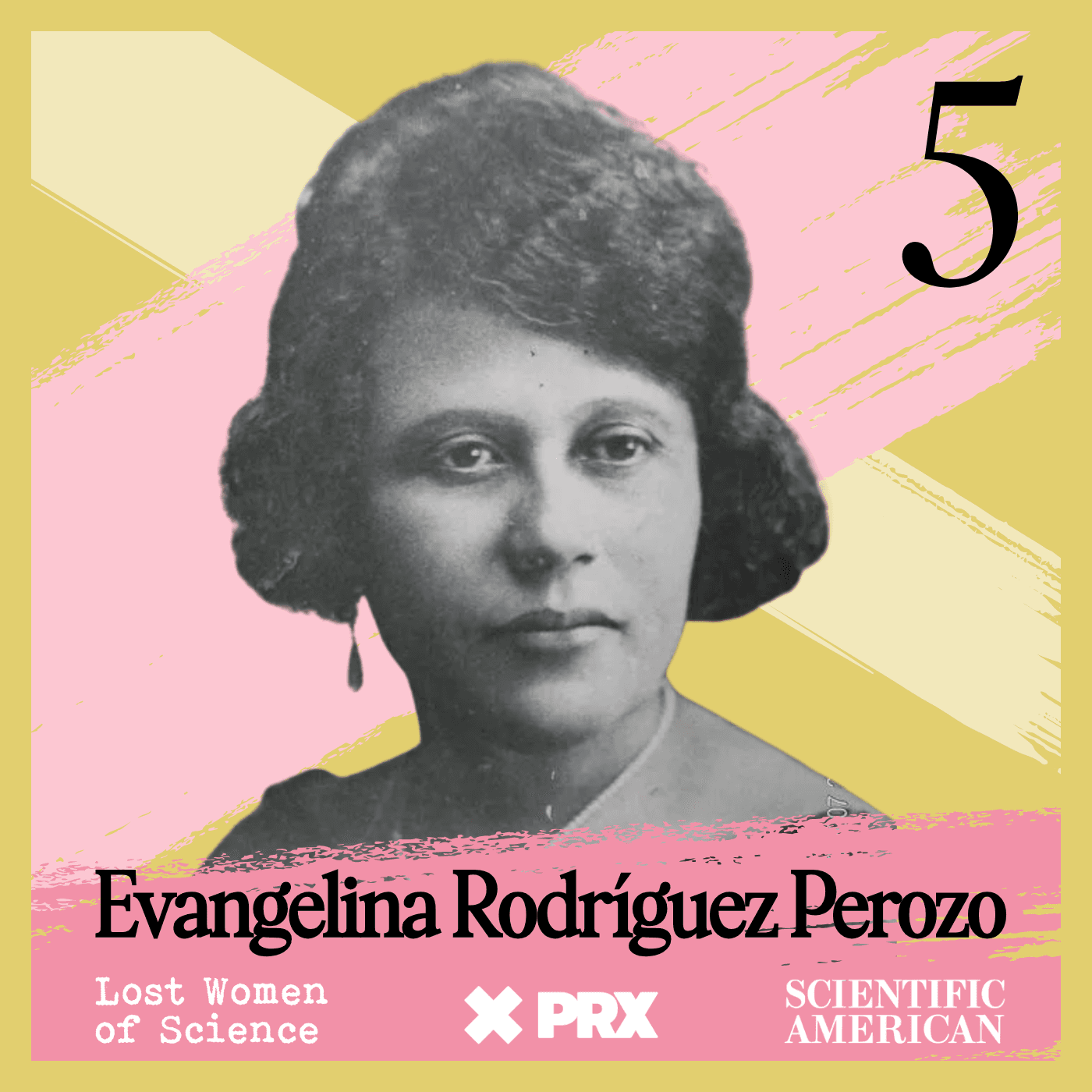













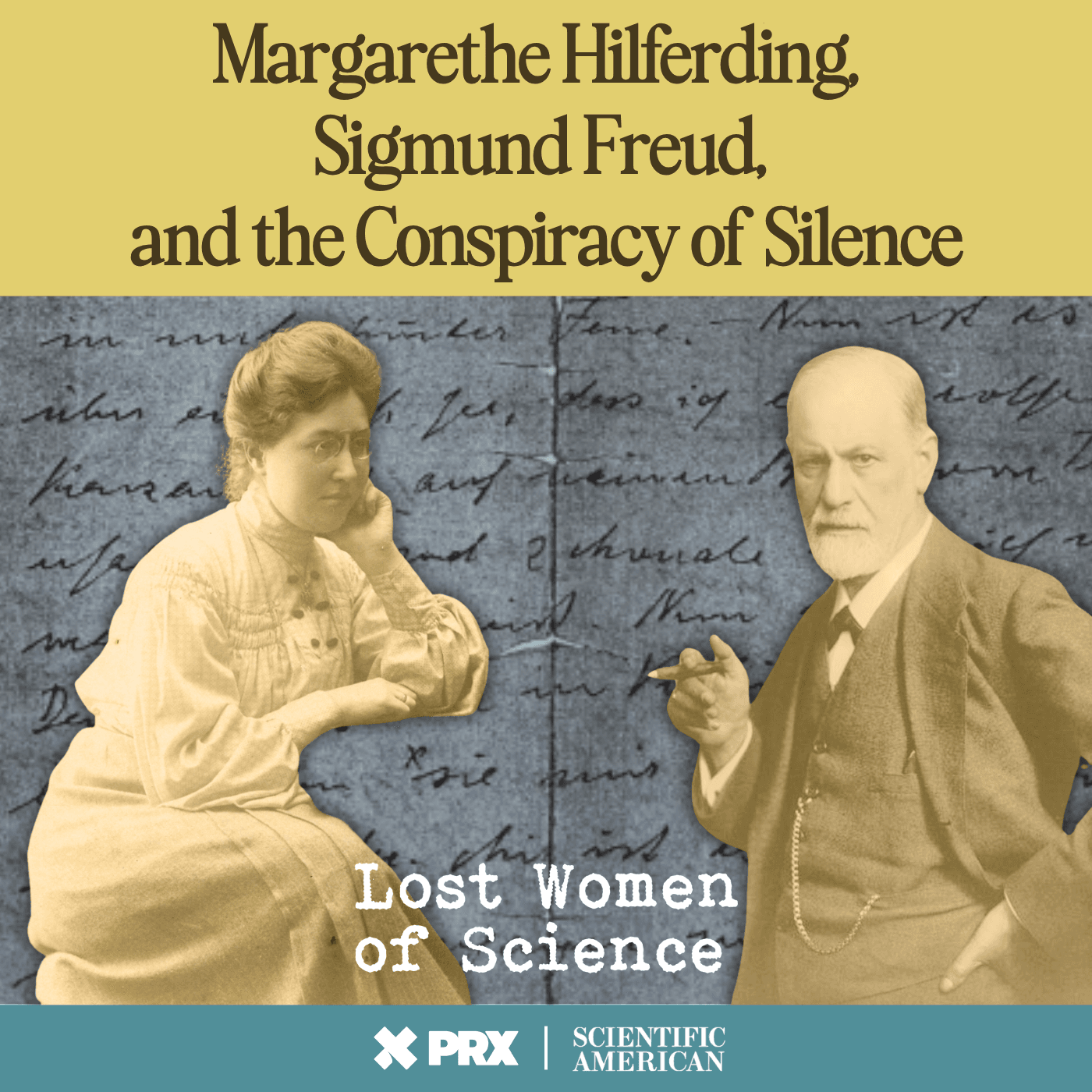





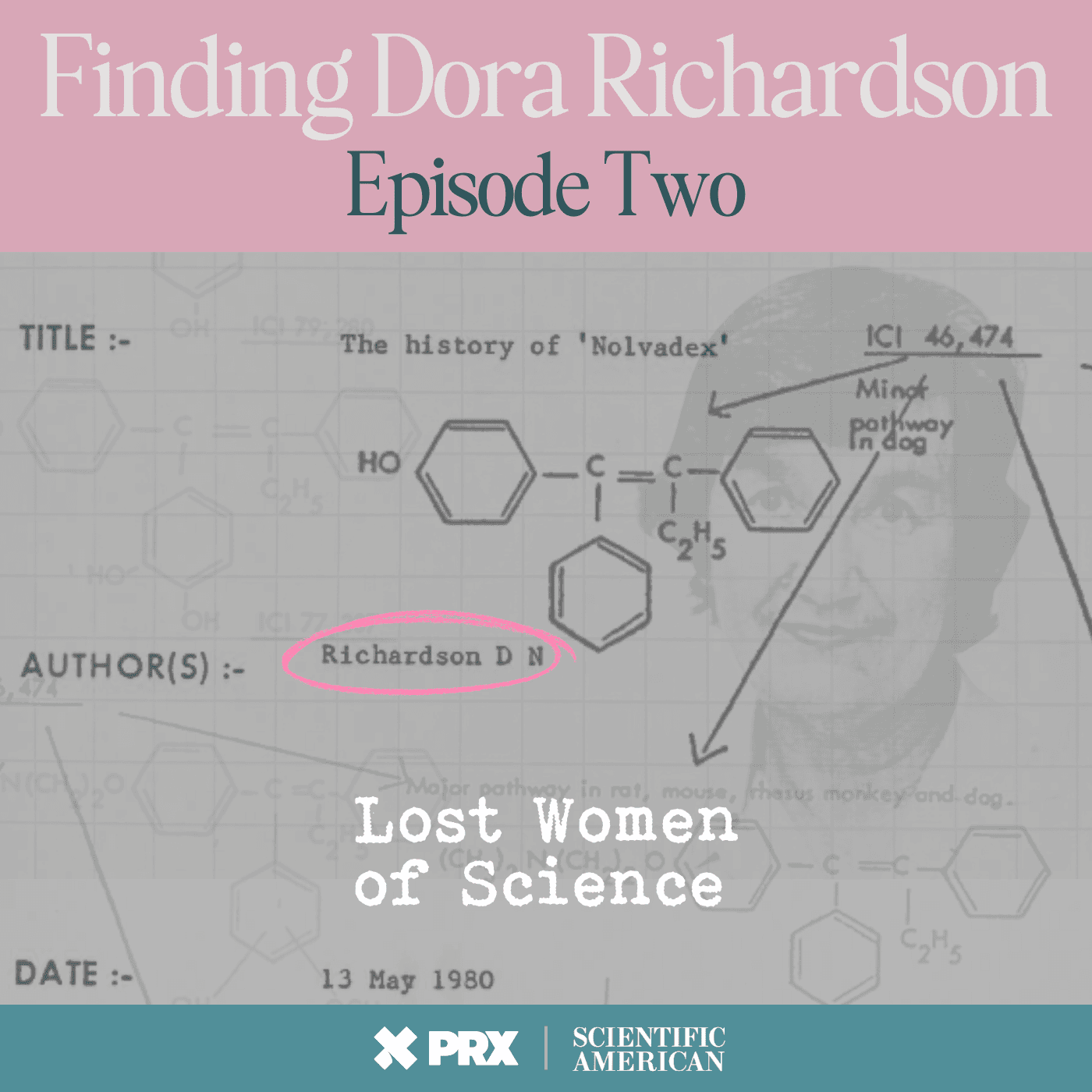
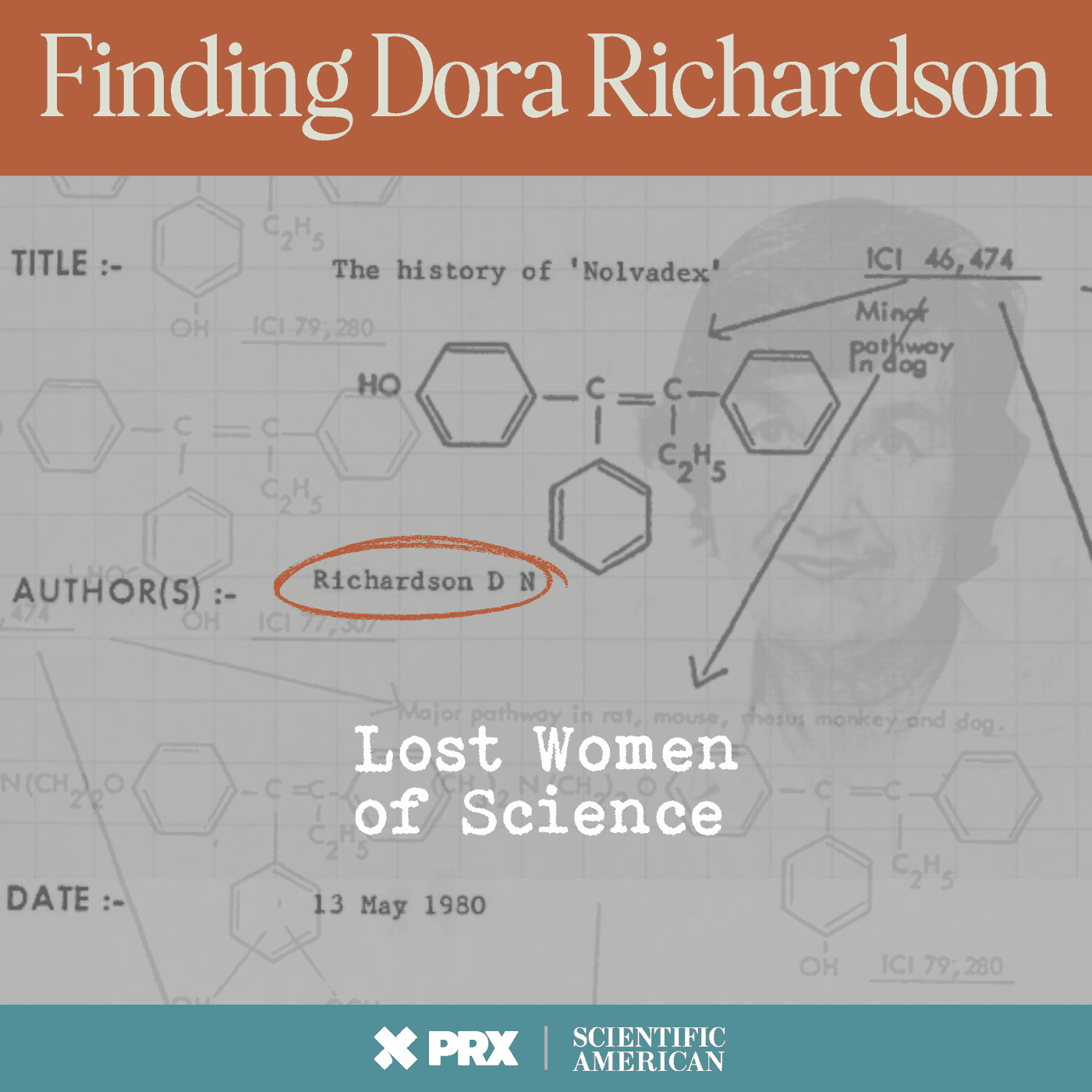




















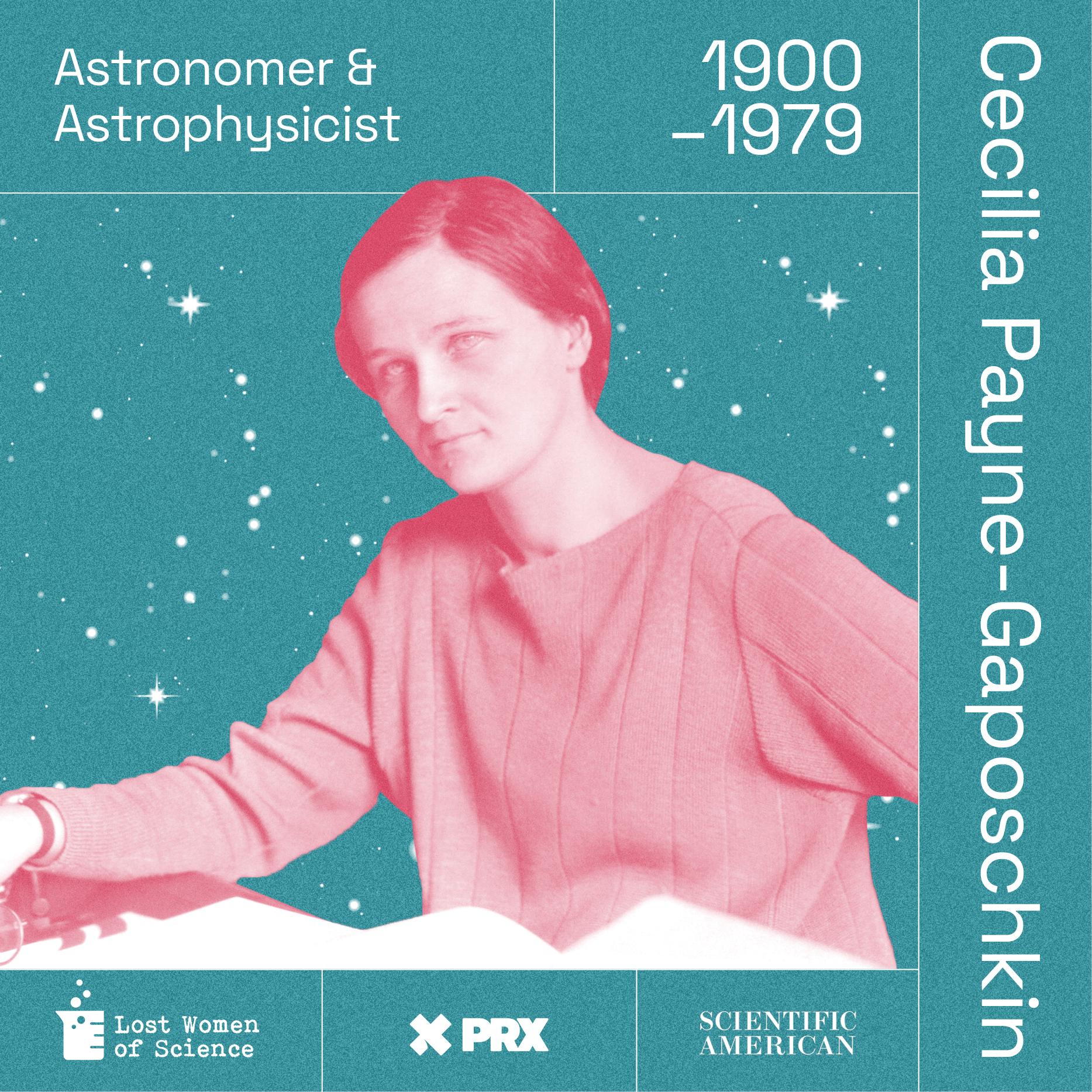
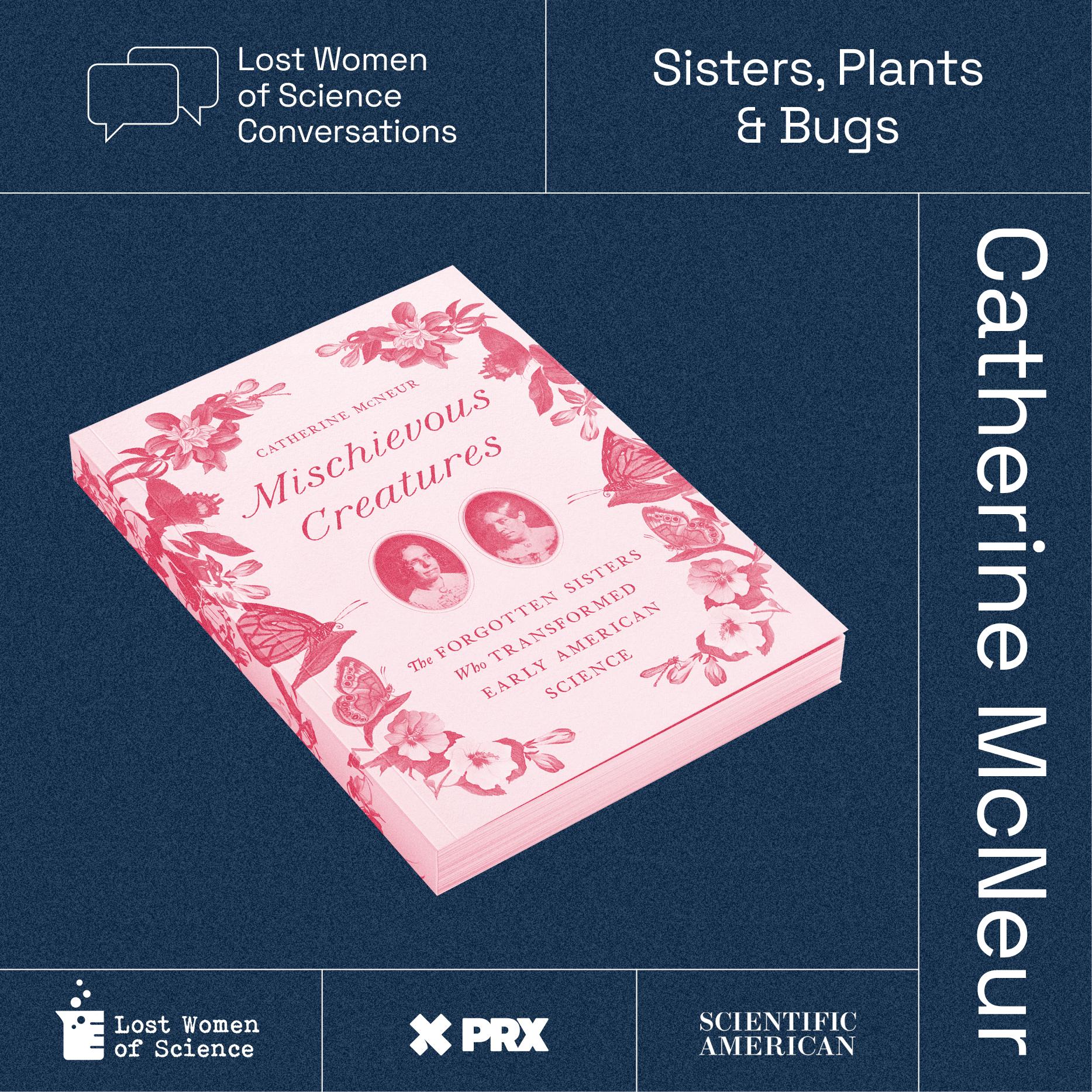











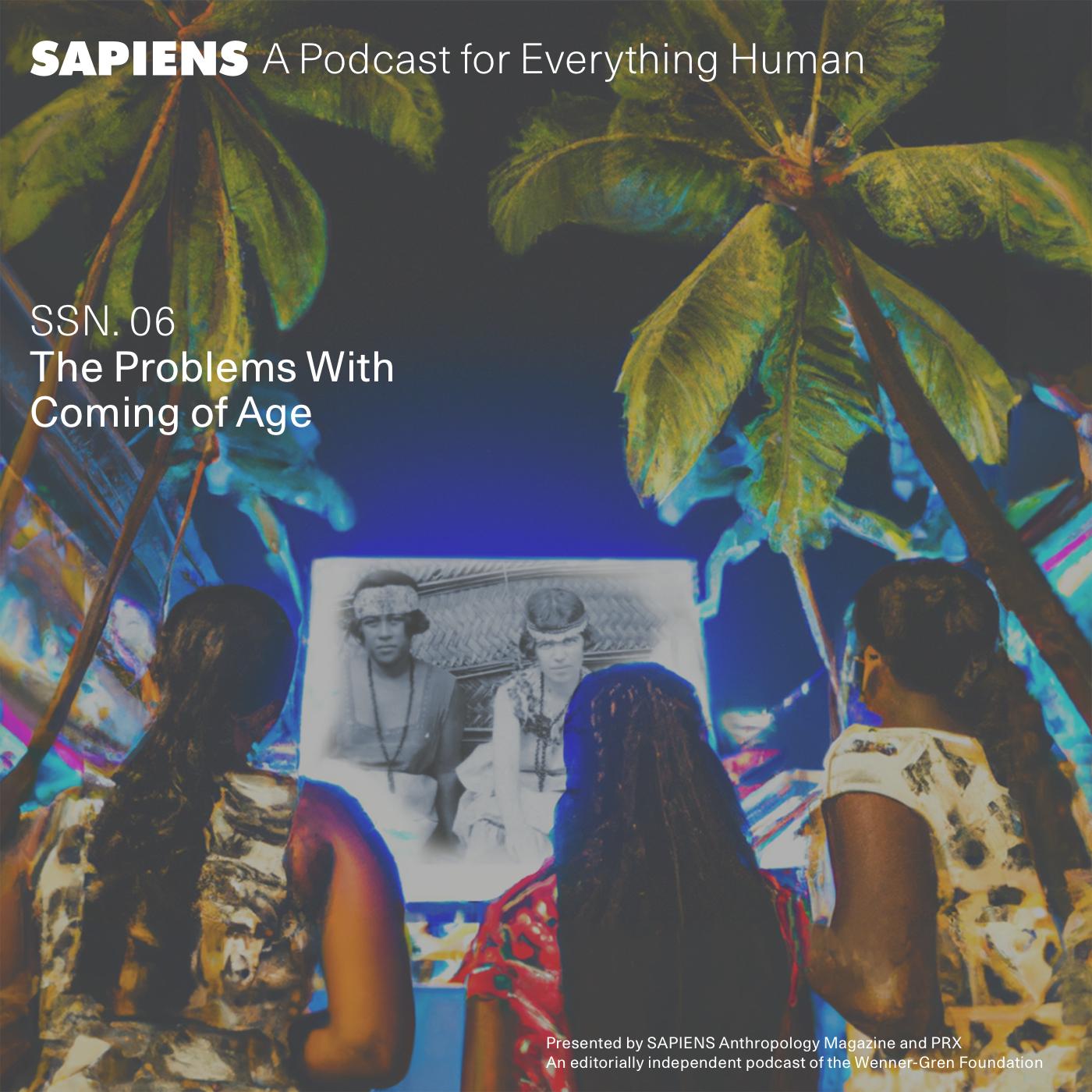











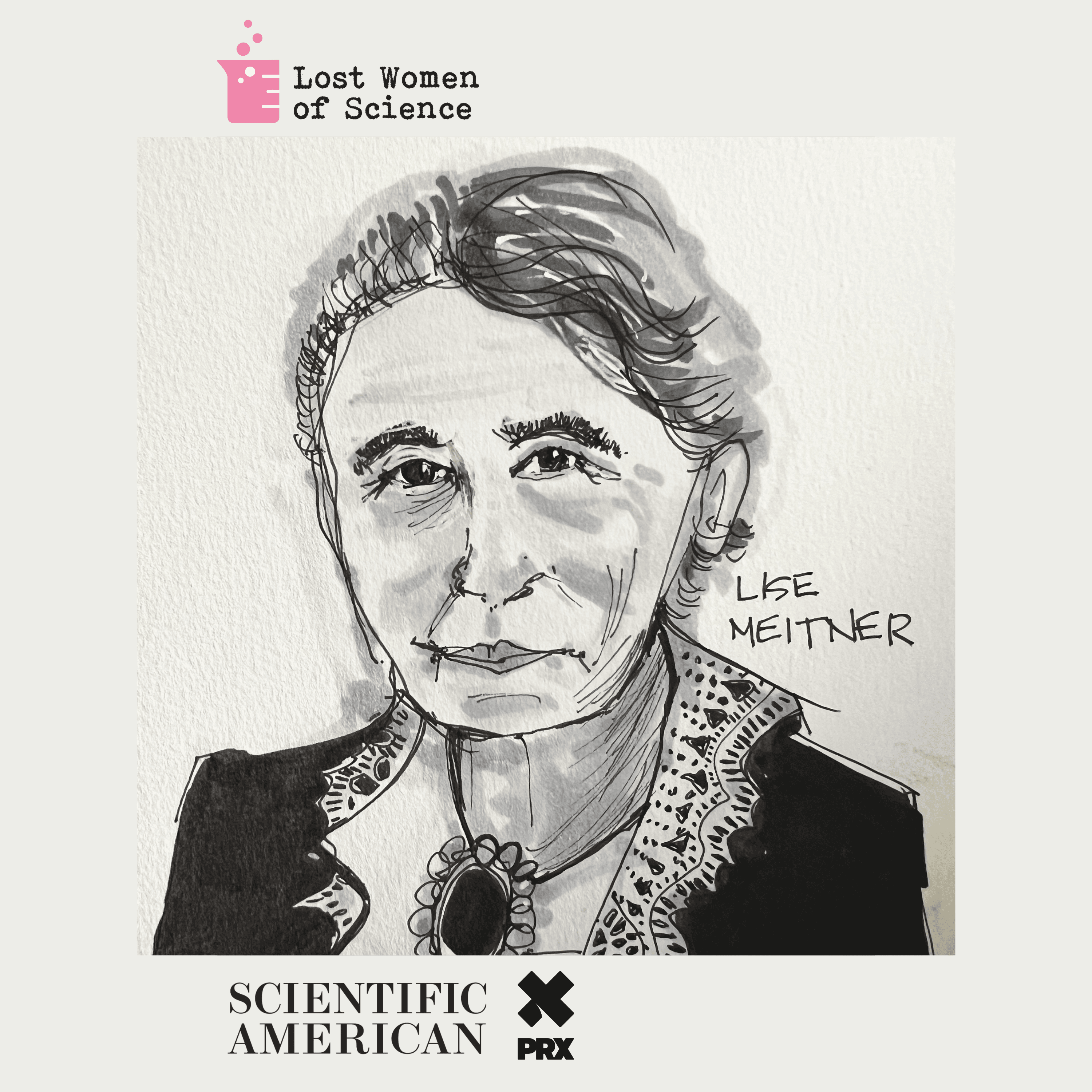









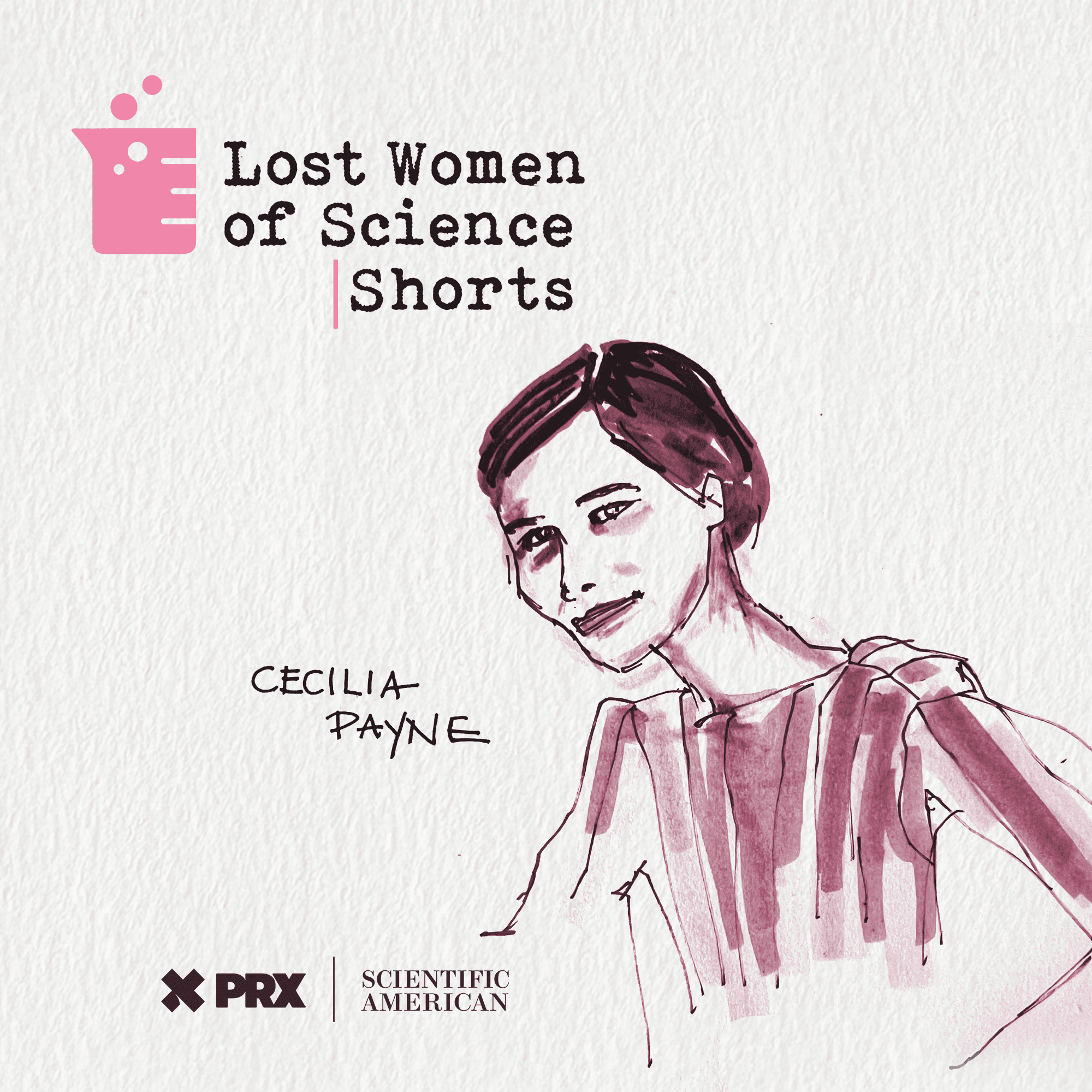


























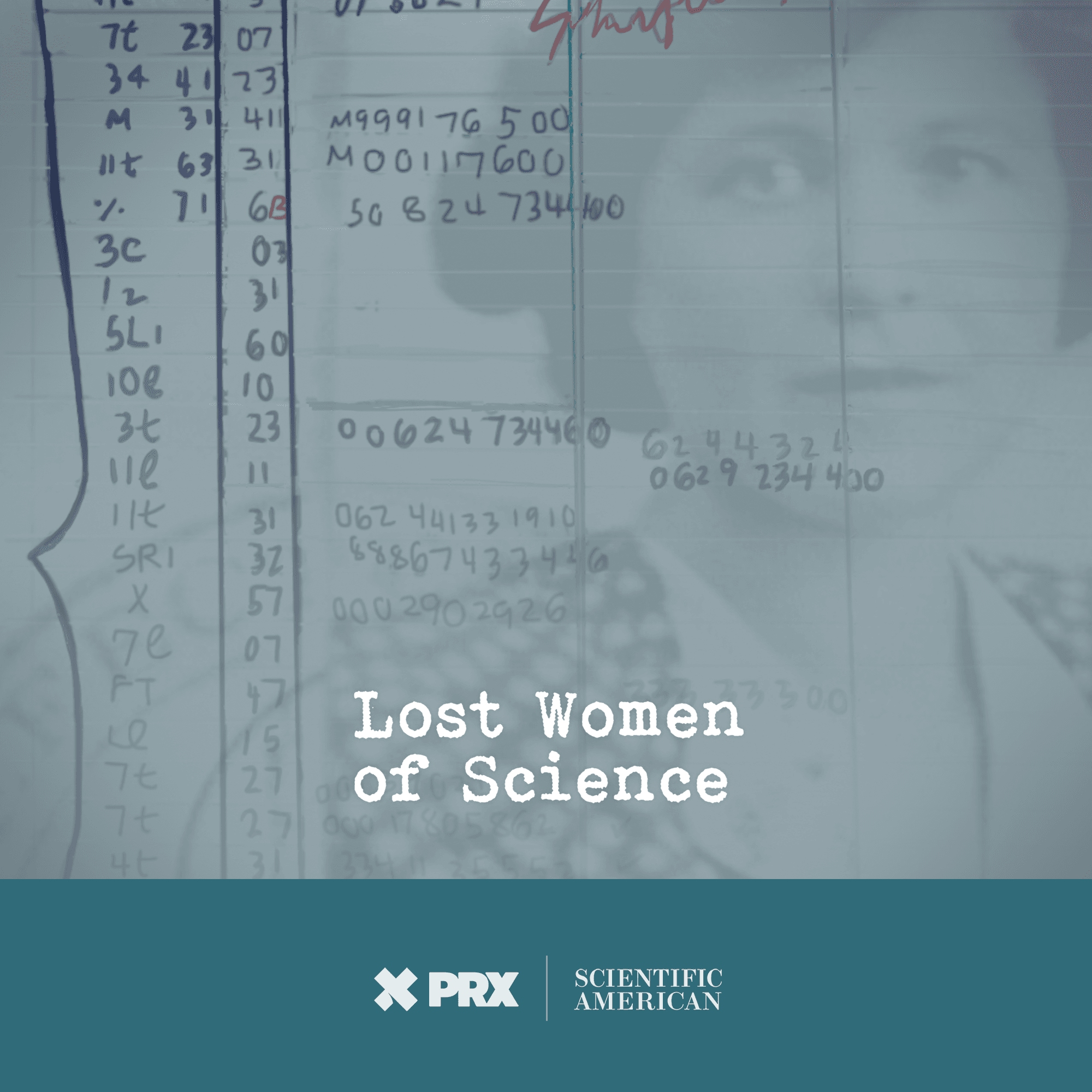
The Victorian Woman Who Chased Eclipses

The year is 1897 and Annie Maunder, an amateur astronomer, is boarding a steamship bound for India from England. Her goal: to photograph a total solar eclipse. Like the many people whose gaze will turn upwards in North America on April 8, Maunder was fascinated by the secrets of the sun and was determined to travel the globe and unlock them. She understood that the few minutes of darkness during a solar eclipse presented a special opportunity to explore the nature of the sun. Her observations led to our greater understanding of how the sun affects the earth, but like so many early female scientists, her contributions and achievements have been forgotten.
Learn about your ad choices: dovetail.prx.org/ad-choices